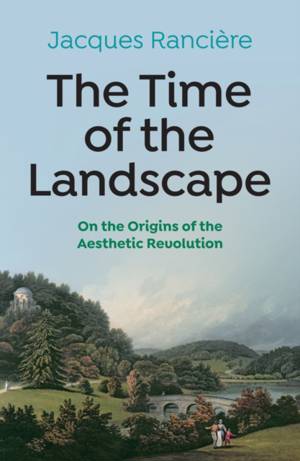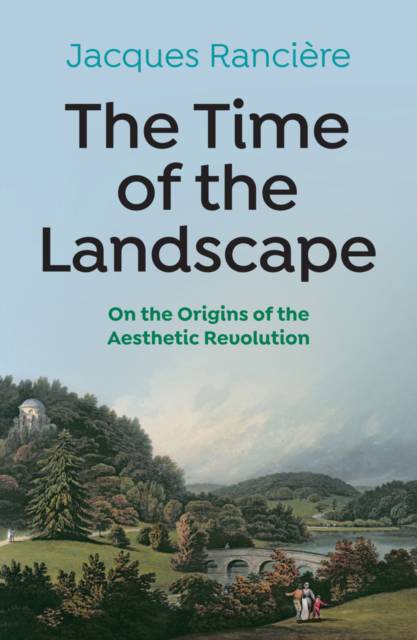
- Afhalen na 1 uur in een winkel met voorraad
- Gratis thuislevering in België vanaf € 30
- Ruim aanbod met 7 miljoen producten
- Afhalen na 1 uur in een winkel met voorraad
- Gratis thuislevering in België vanaf € 30
- Ruim aanbod met 7 miljoen producten
Omschrijving
The time of the landscape is not the time when people started describing gardens, mountains and lakes in poems or representing them in works of art: it is the time when the landscape imposed itself as a specific object of thought. It is the time when both the harmony of arranged gardens and the disharmony of wild nature led to a revolution in the criteria of the beautiful and in the meaning of the word "art." It coincided with the birth of aesthetics, understood as a regime for shaping how art is seen and thought, and also with the French Revolution, understood as a revolution in the very idea of what binds together a human community. The time of the landscape is the time when the conjunction of these two upheavals brought into focus, however hazily, a common horizon: that of a revolution that no longer concerns only the laws of the state or the norms of art, but the very forms of sensible experience.
This brilliant and wide-ranging book will be of interest to students and scholars in philosophy, literature, the visual arts, and the humanities generally, and to anyone interested in critical theory and philosophy.
Specificaties
Betrokkenen
- Auteur(s):
- Vertaler(s):
- Uitgeverij:
Inhoud
- Aantal bladzijden:
- 120
- Taal:
- Frans
Eigenschappen
- Productcode (EAN):
- 9781509548156
- Verschijningsdatum:
- 4/01/2023
- Uitvoering:
- Paperback
- Formaat:
- Trade paperback (VS)
- Afmetingen:
- 145 mm x 206 mm
- Gewicht:
- 181 g

Alleen bij Standaard Boekhandel
Beoordelingen
We publiceren alleen reviews die voldoen aan de voorwaarden voor reviews. Bekijk onze voorwaarden voor reviews.











